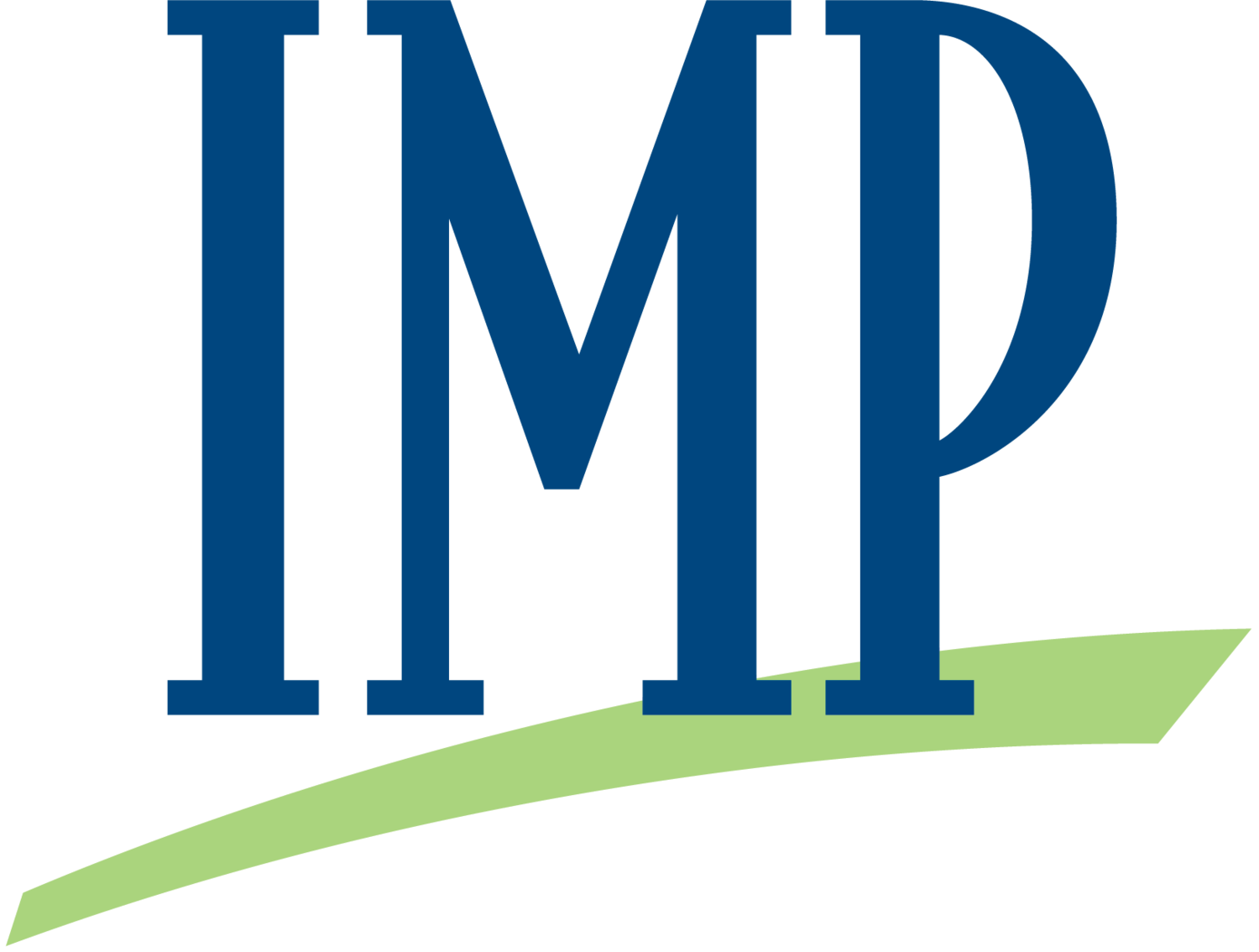On June 16th the SEC published a press release detailing the charges against the Pacific Investment Management Company LLC (PIMCO). PIMCO is one of the largest global asset managers in the world with nearly 3,500 employees worldwide and >$1.8 trillion in Assets Under Management (AUM) as of March 2023.
According to the SEC’s press release, PIMCO was obligated to waive advisory fees under specific circumstances for its PIMCO All Asset All Authority Fund and failed to do so. Although PIMCO did eventually catch the miscalculation, the SEC’s charge asserts that “until at least 2018, PIMCO did not have adequate written policies and procedures concerning its oversight of advisory fee calculations and related fee waivers.”
A $9 Million Fine
Although PIMCO has since disbursed $27 million in advisory fees to investors, the SEC has fined them for the oversight of the fee issue, along with a failure to disclose how the use of Interest Rate Swaps (IRS) impacted the dividends on their PIMCO Global StocksPLUS & Income Fund.
How to Avoid “Inadequate Policies and Procedures”
When are polices and procedures deemed to be “inadequate?” Essentially, any time an error slips through the cracks, it is evident that the policies and procedures were “inadequate,” but how can compliance professionals ensure adequacy without the benefit of 20/20 hindsight? Without knowing the specific details of the policies application and procedures at PIMCO, we cannot comment on what might have helped. However, here are three ways to ensure your policies and procedures are working as they should:
1) Automation: We humans are notoriously bad at the tedious tasks of checking and re-checking the basics. There are countless cases of “checkers checking checkers” failing, but they all come down to the fact that we do not apply the same inspection every time. Such as this situation with Citigroup subcontractors where a snowflake-sized error turned into an avalanche of problems.
2) Testing: Compliance and Operations should test (and try to break) procedures. This can be done through automated testing and alerts. All procedures should have a test case that has both a positive & negative test.
3) Scrutinize the exceptions: Humans are good at looking at exceptions, picking out nuances and imagining scenarios that could “break” the current assumptions. Having this human intervention by experts is a critical part of the process.
IMP’s patented CLEAR Compliance™ cloud-based technology & AI solutions can help you with these steps. It automates your repetitive tasks and workflows by providing full audit details of how, when and by whom. Meanwhile, our team of expert consultants will scrutinize and report the exceptions to mitigate human error.
Let us show you how CLEAR Compliance™ can implement long standing adaptable solutions for your firm that are fully transparent so you can streamline your process, lower your costs, reduce your risk and focus on your core business by clicking here.
Sources
Musumano, 2022. “The Billion Dollar Cost of Human Error” https://blog.impconsults.com/the-billion-dollar-cost-of-human-error
SEC, 2023. “SEC Charges PIMCO for Disclosure and Policies and Procedures Failures” https://www.sec.gov/news/press-release/2023-109?utm_medium=email&utm_source=govdelivery



